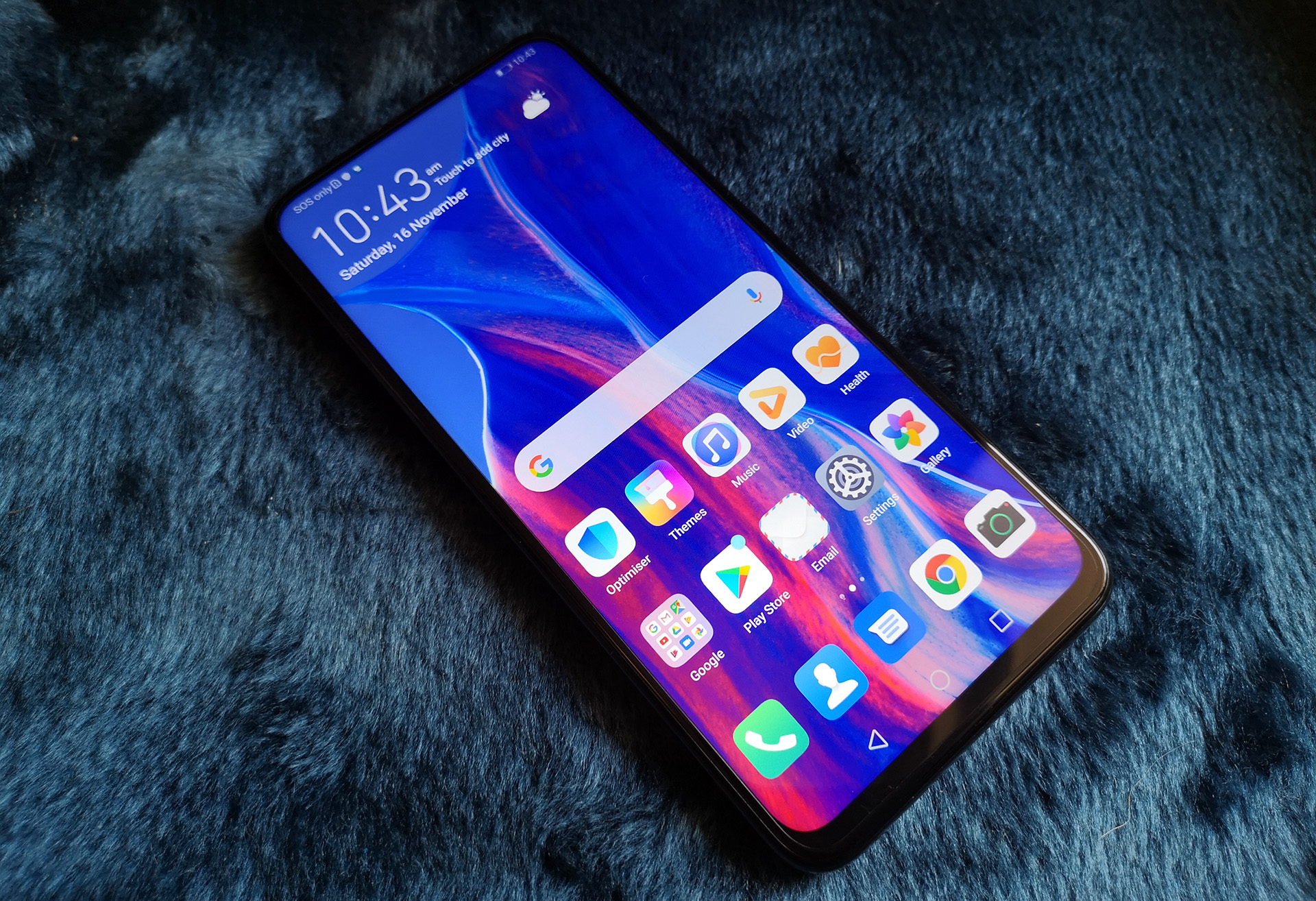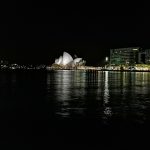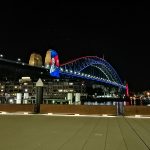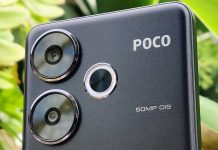In 2019, it’s hard to avoid the temptation of smartphone flagships and the stunning features they offer, but it’s those non-premium smartphones – which we call the mid-range – where the real competition has been for most tech companies recently.
Far from being affordable and not very good, today’s mid-range smartphones come very close to offering what most premium models do — often for as little as a third of the price. Why spend $1,500, when $399 could be enough for a smartphone that meets your needs?
Of course, Huawei’s high-end phones like the P30 Pro and upcoming Mate 30 Pro have some incredible features like 10x optical zoom, (bringing you closer to your photo subjects, like at the football) and depth-sensing lenses (for magic looking portraits with nice blurred backgrounds) – but not everyone needs these in their day-to-day smartphone.
But what about Huawei’s midrange devices? Are they as good? Well, pretty much.
Armed with the Huawei Y9 Prime and its pop-up selfie camera, huge 6.59-inch notchless display, triple AI-powered camera setup and a long-lasting battery, I went out on the town in Sydney to see how the device would cope.
Overall it was pretty successful. My Y9 Prime lasted all day – no battery packs for me – and the camera did a great job of capturing some like-worthy shots.
The Huawei Y9 Prime’s design also turned heads for all the right reasons. The phone packs personality with a striking Sapphire Blue colour, and a pop-up lens for the selfie camera.
Daylight Photography
Having travelled from Brisbane down to Sydney for an overnight stay I was thrilled to get (an admittedly small) glimpse of Sydney Harbour Bridge from my hotel and had to take a snap.
As the sun set over Sydney Harbour, the challenge was set. I had clear skies, fading light, and a deliciously complex view to capture. Blue skies may be easy to shoot, but add-in a busy cityscape, and lesser cameras don’t do so well.
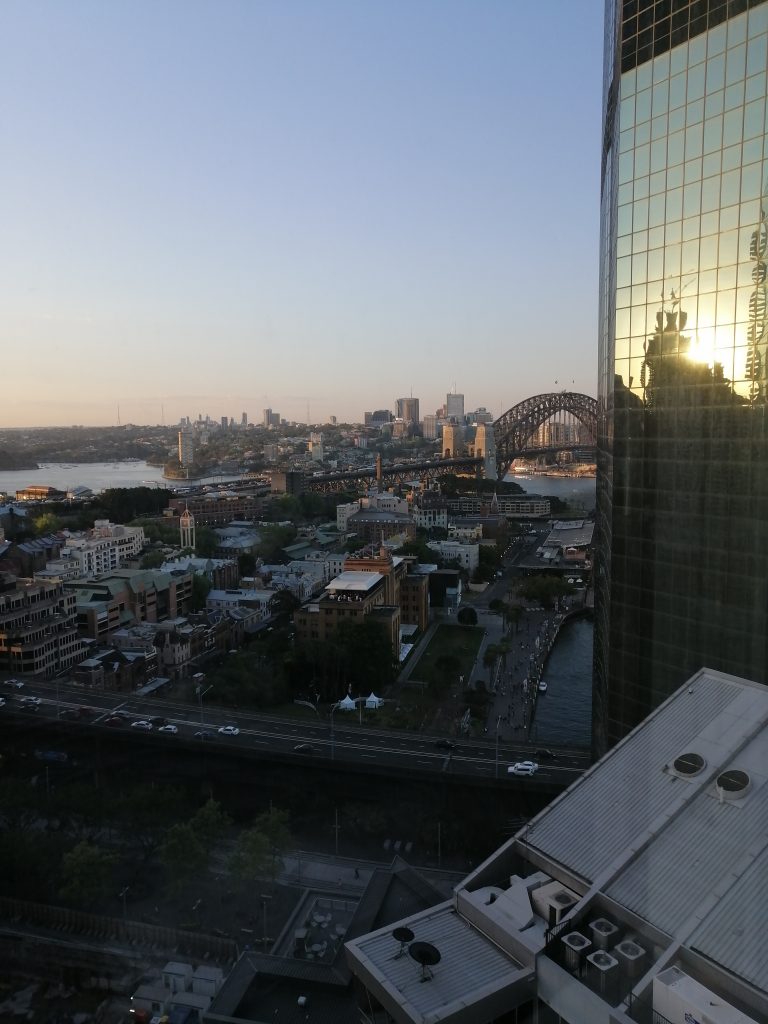
Huawei’s AI powered camera did a great job with this scene. Even through a window, the photo was sharp, bright, and perfectly captured the view. Better yet, the AI scene selector noticed I was taking a landscape photo and adjusted the settings to do the job perfectly. Sure, there’s a little detail lost in the darker parts of the image, but I’ve seen that on far more expensive cameras too.
Tasty Lighting
As the sun went down – and my mates finished work for the day – I arranged to meet them in town and head out for a meal (once I managed to peel myself away from the window and the view).
I’m not one to quantify my health and wellbeing, but if you’re of the opinion your steps don’t count unless they’re recorded, Huawei’s Y9 Prime with its built-in Health app, has you covered. The couple of thousand steps I logged from the hotel to the fried chicken joint was all the encouragement I needed to tuck in.
Framing a good food photo can be a challenge. On the one hand, you want to eat it – and that chicken burger was an intense drawcard – but you’ve also got to deal with less than ideal lighting at an awkward angle.
Y9 Prime’s big notchless display made lining up my photos a cinch, and the cameras did the work for me. Writing this now, that burger still looks good enough to eat, and while I expected the neon sign on the wall to throw some curve balls my way, the Y9 Prime didn’t bat a digital eyelid. If you don’t take a picture of your burger to rub it in your friends’ faces, did you really eat at all?
When snapping my burger, the AI enhancement realised it was food and adjusted the camera settings slightly to brighten the photo and produce a great image. As for the neon chicken sign, the AI thought this was a stage show, but the image still came out great. I guess I can see how a red neon sign might suggest there’s a cabaret show, but no, it was just a humble neon chook!
As the evening wore on, the burger disappeared, as did the fries and a couple of beers. After a while, it was time to leave, and with plenty of life left in my battery (both literally and figuratively) it was time to get out and see Sydney after dark.
Night Mode
In a vain attempt to burn off the burger and beers, I strolled down to Circular Quay, and was upset to learn that my steps didn’t offset the massive wodge of chicken. That’s life, I guess.
I took some brilliant night shots using the Y9 Prime’s Night Mode. As a Huawei P20 Pro owner, I’m familiar with Night Mode, but the Y9 Prime still managed to impress. Huawei’s makes what would otherwise be an unusable image share-worthy. Using it is as easy as swiping to Night Mode in the camera app and selecting an area of the image to focus on. The software adjusts the lighting automatically and snaps photos with automatic exposure bracketing.
There’s some detail lost when you do a full-size crop or zoom, but these Night Mode photos are perfect for social media.
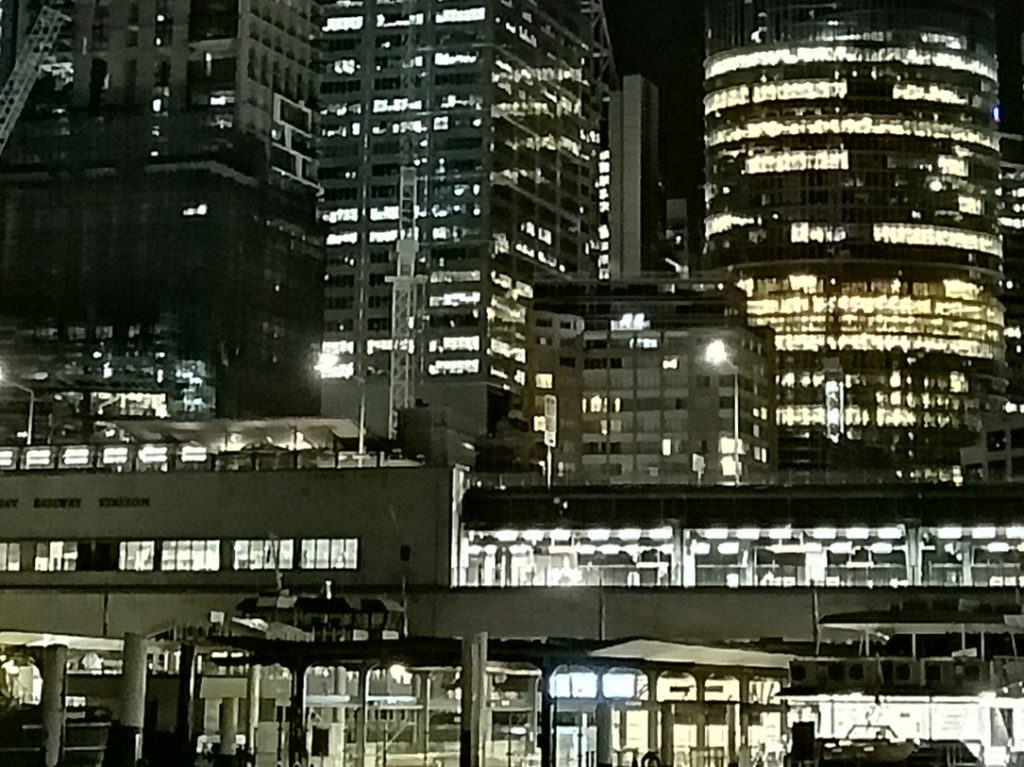
Hardware Breakdown
Jumping outside the camera app for a while, the Y9 Prime is able to impress. It’s got a notch-free, 6.59-inch “FullView Display” meaning minimal bezels, excellent brightness and great colour reproduction. It’s also got a generous 128GB of onboard storage paired with a microSD slot, and 4GB of RAM with a quick processor. The Y9 Prime also has a 4000mAh battery which should see most users getting at least a full day of usage, and possibly up to two. If you’re a headphone jack tragic, you’ll be pleased to know the Y9 Prime has one.
Camera hardware includes a 16MP f/1.8 main lens, 8MP f/2.4 wide-angle lens, and a 2MP f/2.4 depth sensing lens for tastefully blurry backgrounds. The motorised front-facing camera is no slouch either – with a 16MP sensor and f/2.0 aperture.
The Y9 Prime is made from coated plastic, but still feels premium, with a back that looks smooth but remains grippy. The fingerprint sensor can also be found on the back, which I find a little more comfortable than a front-facing one. The phone feels very solidly made – there’s no noticeable flex, and the motorised pop-up camera won’t budge.
The Verdict
Selling locally at major retailers like JB Hi-Fi with an RRP of $399, the Y9 Prime is a steal. It really feels like the complete package when it comes to features.
If you are looking for a slightly better camera without significantly more cost, you might consider the Huawei P30 lite (RRP $449). Going a step further than the Y9 Prime, to the P30 lite gets you improvements in camera, albeit with a slightly smaller battery and display. You get an upgrade to a 24MP wide-angle f/1.8 main lens, while the other rear cameras remain unchanged. The P30 lite takes the motorised front-facing 16MP shooter from the Y9 Prime and replaces it with a 32MP f/2.0 camera designed to take the best selfies you can take (paired with Huawei’s neat AI, of course).
If you’re a heavy user looking for high processing power for games and other power intensive apps, Huawei’s recently launched nova 5T could be the best choice. The Nova 5T is equipped with Huawei’s lightning-fast Kirin 980 processor.
Featuring a 6.26-inch punch-hole display, four rear cameras including a 48MP f/1.4 primary shooter and an array of wide-angle, depth-sensing and macro lenses, the nova 5T is probably the best camera you can get for under a grand. It has a versatile rear quad-camera setup, featuring a 48MP main sensor, 16MP ultra-wide sensor and 2MP macro and bokeh lenses. Huawei’s pioneering Super Night Mode and AI Image stabilisation ensure excellent shots in a full range of lighting scenarios, while the 32MP front-facing camera offers sharp images for selfies and video calls.
Huawei nova 5T is available in two striking colours – Crush Blue and Dark Black – with an RRP of $699 at Officeworks, JB Hi-Fi, The Good Guys, and Mobileciti.

